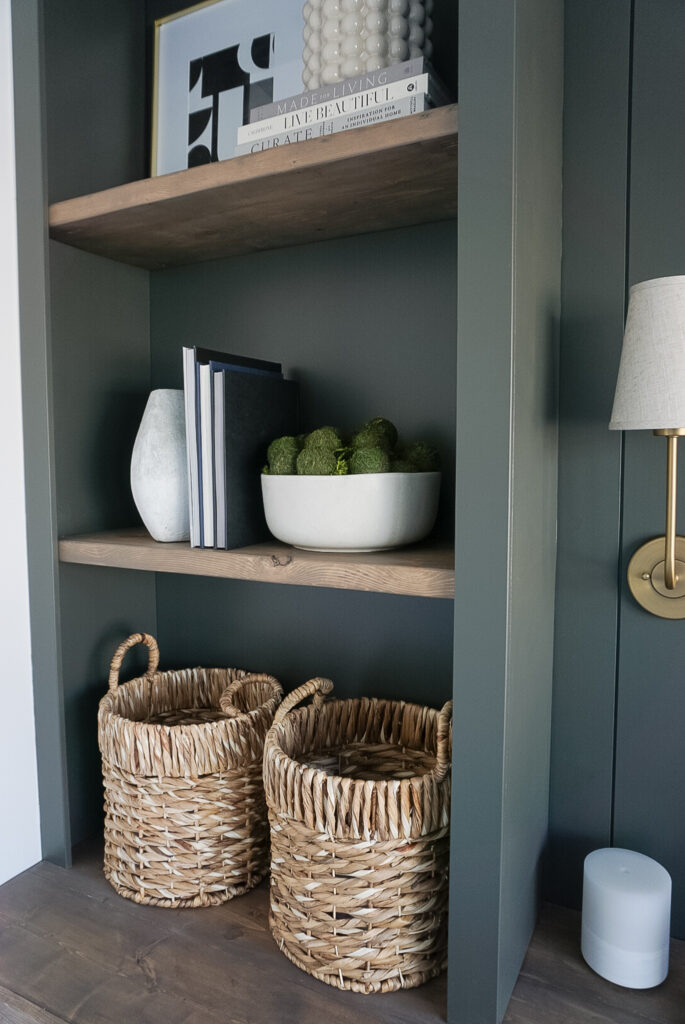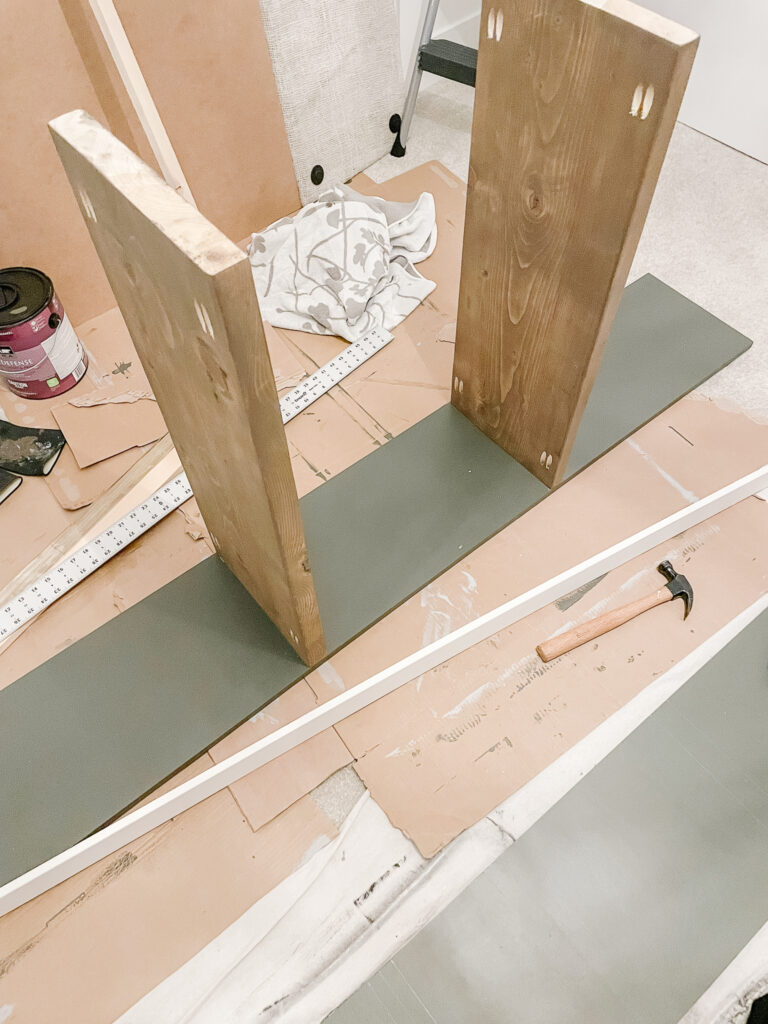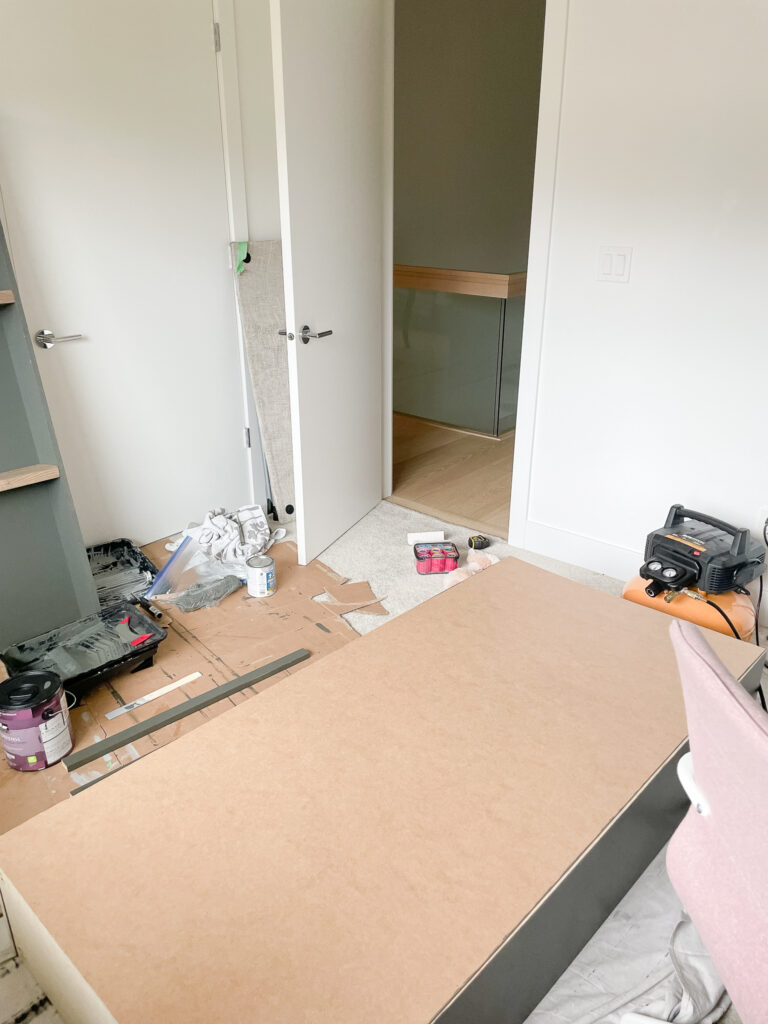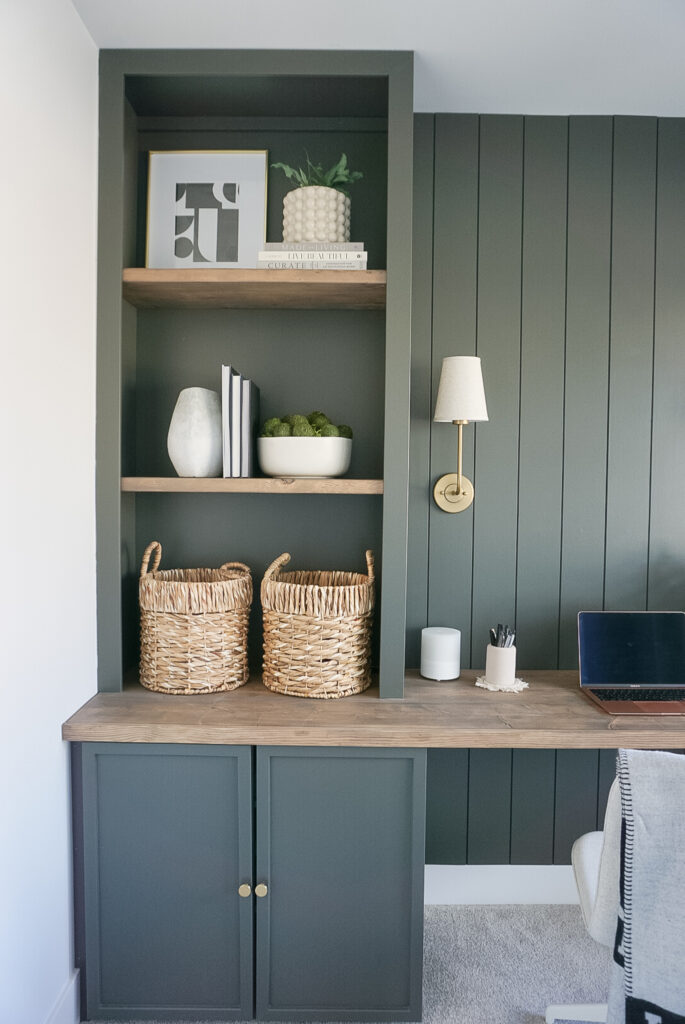Comments
-
-
Doriane
Hello ! I love it !
Where are you find this boards ? -
Deanna
What brand of stain did you use?
-
Louise
Hi,
How big is this room and what’s the ceiling height?? -
THD
This is so gorgeous! Can you provide a link of where your light sconces are from?
-
Megan
Any info about your main ceiling light? I see in the tutorial pics its a coastal/ basket vibe, but in your pop up email newsletter link its a different one. Love them both! Would love to see details 🙂
-
Devin keeler
How wide are the bookshelves??
-
Jenny
Hi! What about the bottom cabinets? Where did you get those from?
-
Megan
Hi! What wood did you use for the top of the desk itself?
-
Samantha
Hi! What color are the walls in that room?
-
Angela
Hi Samantha! Where are your 2 baskets from on the bookshelf? Love those!
-
Danielle
Beautiful design!
Do you have a tutorial for the desktop? How did you make that/where did you purchase it? -
Melissa
Beautiful. What are the measurements please?
-
Emilee
Hi I’d love this and would love a link to the rug. Thanks

















Enna
I love it!
What paint color and brand did you use?
Thanks!